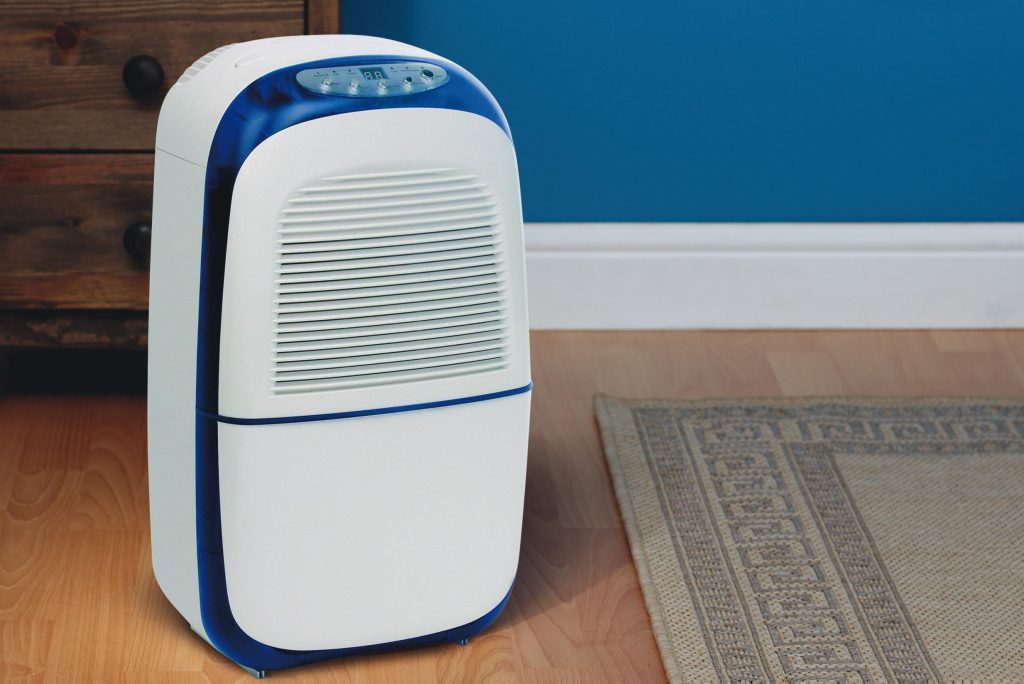
How to Choose a Dehumidifier
The moisture levels of our houses have to be kept in check as inadequate levels of moisture is responsible for the breeding of dust mites, mildew, and mould. One notable device that helps keep humidity in check includes the dehumidifier. As the name suggests, a dehumidifier is a device that removes humidity from the air. Though most dehumidifiers serve the some purpose it’s becoming increasingly important that we understand the different classifications of dehumidifiers so as to appropriately choose one that most suits us.
So how do we choose a dehumidifiers?
Most buyers end up making the wrong purchasing decisions and end up being frustrated by the choice of their dehumidifiers and it’s for this sole reason that we will discuss a comprehensive dehumidifier buying guide that will assist you when it comes to purchasing one. The buying guide will encompass 3 notable key consideration that you ought to take into account which includes; How a dehumidifier works, Capacity and placements for dehumidifiers and finally on the essential features that a dehumidifier ought to have.
Understanding How Dehumidifiers Work
As stated earlier a dehumidifier is responsible for removing moisture from a space, the device contains a fan and two sets of coils; one coil which is cool and another one which is warm. A dehumidifier fan pulls moisture over the two sets of coil, the cool coil is tasked with condensing the humid air that passes over it into water that drips into the dehumidifier’s bin. The air then is directed to pass over the warm coil and allowed to flow back into the room. The device’s bin has a float that indicates whether the water inside the bin is full, and when the bin is full the fan and compressor automatically switch off. But once the bin is emptied the process begins once again.
Tips to Choosing a Dehumidifier
1. Capacity and Placement

Dehumidifiers are classified in accordance with the amount of moisture they are capable of removing in 24 hours. Smaller units are estimated to take out about 25 to 40 pints of moisture each day, such units are recommended for smaller rooms that have low humidity. Larger units are recommended for large spaces such as your house’s basement and areas that have high humidity. Moreover, large units can draw about 45 to 75 pints of moisture (or water) each day.
For households that feature moist smells or have wet carpets and wallpapers then larger units are recommended for such households. In this regard, there are also whole house dehumidifiers that are capable of handling an area of up to 3,000 square feet of space. So it’s up to you to determine the appropriate dehumidifier but taking into consideration your room size and the humid conditions of your house. Dehumidifiers take at least one square foot of floor space and should be placed at least 12 inches from the wall ( or should have at least 12 inches of circulation space).
2. Noise level

Whenever buying a dehumidifier, please consider the amount of noise it produces. If you plan to run a dehumidifier in your living room then consider purchasing a quieter dehumidifier. But if you opt to place the dehumidifier in your basement, then noise won’t be an issue which might prompt you to purchase a less quiet dehumidifier.
3. Features

It is not easy to find a best dehumidifier to suit your home. The third consideration that you ought to take into account whenever purchasing a dehumidifier includes the features that the dehumidifier possesses. This is equally important as the above two factors because some of the features will assist you in running the unit even in absentia. With this in mind, ensure that your unit has the following features;
a) A digital display; with such display, it’s possible for you to program and adjust the unit to specific humidity levels.
b) Auto-restart; won’t be at the house for the whole day? Don’t worry, with auto-restart even in the event of a blackout, the unit will turn itself on with the same settings when the power comes back.
c) Multiple fan speed control; with this control, you are able to adjust the relative speed of your unit in line with the relative humidity of your room.
d) A timer; the timer allows the user to run the unit even in absentia. Moreover, the timer allows the user to set the device running even in off-peak hours so as to save electricity.
e) Wheels or Casters; Improve the mobility of your unit by choosing a unit equipped with wheels or Casters.
Conclusion
Dehumidifiers are increasingly becoming important units in our homes. Before purchasing one ensure that you take into account the capacity and placement of the device, its noise level, and the features that it does have. But even if you have a well-performing dehumidifier it’s advisable that you try and reduce moisture on your own. Start doing this by always covering steaming pots when cooking and turning on your exhaust fan. Also when taking a shower you can open your window and wipe off excess water from your shower door. Finally always ensure that your downspouts are at least three feet away from your house.
Top 10 Best Dehumidifiers Reviews: https://www.bestforlives.com/best-quiet-dehumidifier-reviews/




